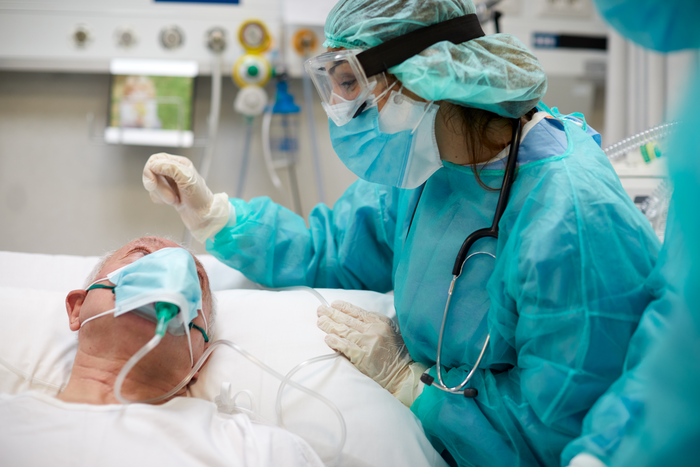Convalescent Plasma was Effective in Early Pandemic

Convalescent plasma from COVID patients was likely of benefit to patients early on in the pandemic, before the introduction of remdesivir and corticosteroids as treatments, according to results of a landmark study published in JAMA Internal Medicine.
The randomised clinical trial, CONTAIN COVID-19, was established to evaluate the safety and efficacy of convalescent plasma in hospitalised coronavirus patients. Overall, the trial showed that convalescent plasma was safe and well tolerated. It worked best in the early days of the pandemic, when plasma had higher antibody levels, when it was given early in the disease, and particularly for immunosuppressed people.
“This landmark study shows once and for all that convalescent plasma is an important countermeasure early in a pandemic when no other therapies are available. It was an important finding that lays the foundation for the rapid response to future pandemics,” said Luis Ostrosky, MD, professor and director of the Division of Infectious Diseases at McGovern Medical School at UTHealth Houston. “This trial, the largest of its kind, also showed that with proper funding and structure, researchers across the country were able to come together quickly in the middle of a global crisis to explore this therapeutic intervention.”
Trial results also showed a drop in efficacy after the introduction of remdesivir and corticosteroids, and by the end of the 11-month trial, there was no difference in outcome between plasma and placebo in patients at 14 and 28 days. However, patients on corticosteroids, but not remdesivir, appeared to benefit from convalescent plasma at day 14.
Since the patient characteristics, available treatments, and the virus, all changed over time, subgroup analyses were done, which showed a possible benefit for patients in the first quarter of the trial, a period from April to June 2020.
Participants in that first quarter were older, less severely ill, had a longer duration of symptoms, and received high-titer plasma. Shorter symptom duration can indicate a more severe case of the viral infection.
“Convalescent plasma could be an important early treatment tool in places that don’t have access to monoclonal antibodies, corticosteroids, remdesivir, or other therapies,” said the study’s co-investigator, Professor Bela Patel, MD. “It should also be considered for patients who are immunosuppressed and those whose B cell function is compromised.”
The researchers also suggested that, in addition to the introduction of corticosteroids and remdesivir, the decrease in efficacy over time may have been due to using convalescent plasma that originated from New York City before the emergence of other SARS-Co-V-2 variants .
Source: University of Texas Health Science Center at Houston

